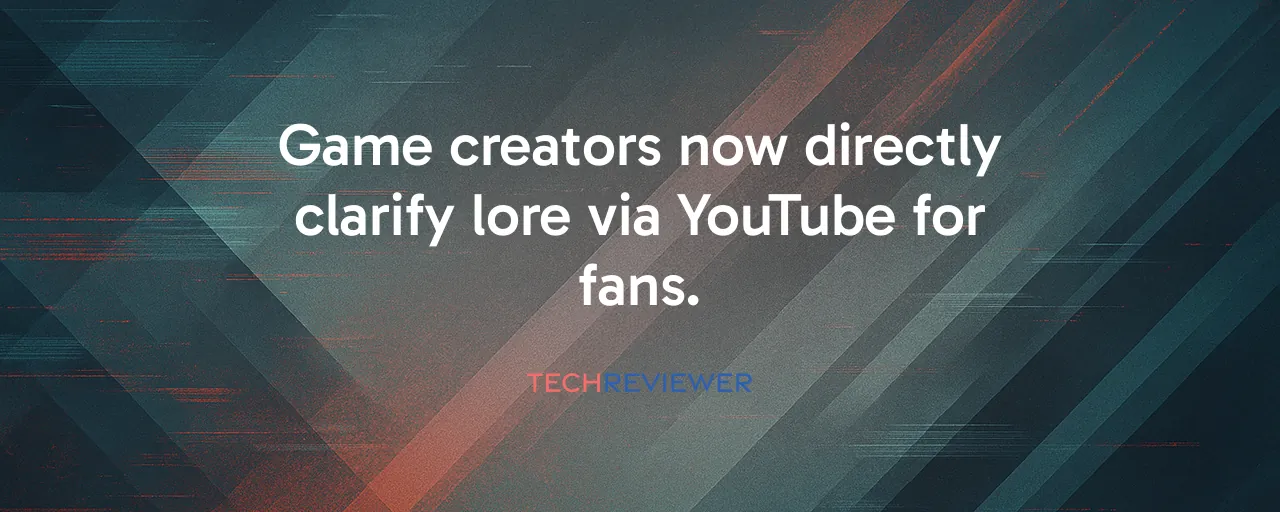A Voice From the Vault
When Tim Cain, the mastermind behind Fallout, dropped a YouTube video in 2023, it was like finding a hidden holotape in the wasteland. He confirmed China launched the first nukes in the game’s Great War, ending years of fan theories about who triggered the apocalypse. In October 2025, he elaborated further, sharing his perspective on how U.S. bioweapons research contributed to the conflict, while noting this interpretation isn't official canon. This direct line from creator to community shows how game developers now use platforms like YouTube to set the record straight.
Cain’s videos aren’t just trivia dumps for die-hard Fallout fans. They highlight a shift in how game creators manage sprawling fictional worlds. By addressing long-standing debates, like whether the U.S. or China started the war, Cain gives players a clearer lens into Fallout’s retrofuturistic chaos. His revelations, rooted in espionage and broken treaties, add depth to a universe that’s been captivating players since 1997.
Why Lore Matters to Players
For the Fallout community, piecing together lore from terminal entries and scattered dialogue is half the fun. Games like Fallout and Dark Souls thrive on environmental storytelling, where clues are tucked into ruined buildings or cryptic NPC lines. When Cain confirmed China’s role in the Great War, he validated years of fan detective work while sparking new discussions. Yet, some players argue this clarity reduces the mystery that fuels their love for the series.
Ambiguity lets players craft their own interpretations, turning games into collaborative storytelling. Academic research on fan cultures shows people love solving narrative puzzles, from analyzing item descriptions to debating on forums. But when creators like Cain step in with definitive answers, it can feel like closing a book fans wanted to keep open. Balancing this tension is tricky for developers who want to engage communities without stifling their creativity.
Lessons From Fallout and Harry Potter
Cain’s approach to Fallout lore offers a sharp contrast to J.K. Rowling’s handling of Harry Potter. Cain’s videos focus on details already hinted at in-game, like the U.S.’s secret FEV bioweapons program, which China uncovered through espionage. His clarifications build on existing clues, grounding the lore without rewriting it. This keeps the Fallout community engaged, as seen in lively Discord discussions about his 2025 video.
Rowling, however, faced backlash when her post-book revelations about Harry Potter characters contradicted fan interpretations. Her additions often felt disconnected from the original texts, alienating readers who’d built their own headcanons. The lesson? Creators like Cain succeed when they amplify existing narratives rather than reshaping them, preserving the trust of fans who’ve invested years in the universe.
Navigating Canon in a Changing Industry
Cain’s role in Fallout’s lore isn’t just a fan service; it reflects a broader challenge for game studios. Franchises like Fallout, now owned by Bethesda and Microsoft, span decades and multiple teams. Keeping lore consistent across games, comics, and the 2024 Amazon Fallout TV series is a logistical puzzle. Cain’s videos show how original creators can guide canon, but they also raise questions about authority when studios own the rights.
Other franchises face similar hurdles. Hideo Kojima’s Metal Gear commentary, for instance, carries weight despite his departure from Konami. Yet, corporate owners often prioritize new directions over original visions, risking narrative contradictions. As games like Destiny and Warframe use ongoing updates to evolve their stories, studios need robust systems to track lore and avoid alienating players with inconsistent canon.
The Future of Storytelling in Games
Cain’s YouTube clarifications point to a future where creators stay connected with fans long after a game’s release. Digital platforms let developers like him share insights directly, turning passive players into active participants in a shared universe. Studies in game design show this engagement boosts franchise longevity, as seen in communities built around lore-heavy titles like The Elder Scrolls.
Looking ahead, tools like AI-driven lore trackers could help studios maintain consistency across sprawling franchises. Virtual reality might even let players explore narrative clues in new ways, deepening immersion. For now, Cain’s approach shows how a creator’s voice can anchor a franchise’s identity, giving fans clarity while keeping the wasteland’s mysteries alive.
